Balsam Peru or Peruvian Balsam as it is also known as, is an old world oleoresin that was being chatted up as far back as 1565. It originally came from (and still does) El Salvadore or balsam coast which includes coastal Nicaragua, Honduras, Guatemala, Mexico, Costa Rica and Panama – all countries I’ve either lived in or drove through to visit in the 1980s. Feel free to ask how fun it was in that era. It’s thought that Europeans were a little confused about the placement of things on the American continent due to many products being shipped to Spain from Lima, Peru, another city and country I was parked in for a few years. It had been noted in the early twentieth century that Peruvian balsam was shipped in coconuts which explains the other lesser known name, cocoa balsam. I would have loved these coconut deliveries; to have the ability to use the balsam and press the coconut meat to extract the rich, vanilla scented oil for all kinds of reasonable and unreasonable applications. Balsam Peru is still approved and used by the FDA and is categorized as herbal medicine. It is helpful to increase blood flow to wounds and fights bacteria like a good balsam does, sweetly so. It is effective for skin ulcers, sores and wound healing which in 1967 it was discovered in a study to leave little residual scarring after application. It can cause contact dermatitis so this oil requires a patch test .
The oleoresin has been a cornerstone in natural perfumery but its dark counterpart comes with problems. It lacks clarity often needed in blends. A side by side sniff test confirms what I thought may be the case: dark balsam is a more intense vanilla note and the golden hued balsam is a soft, sweet vanilla note. Another words, scented family, I’m pleased to offer options.



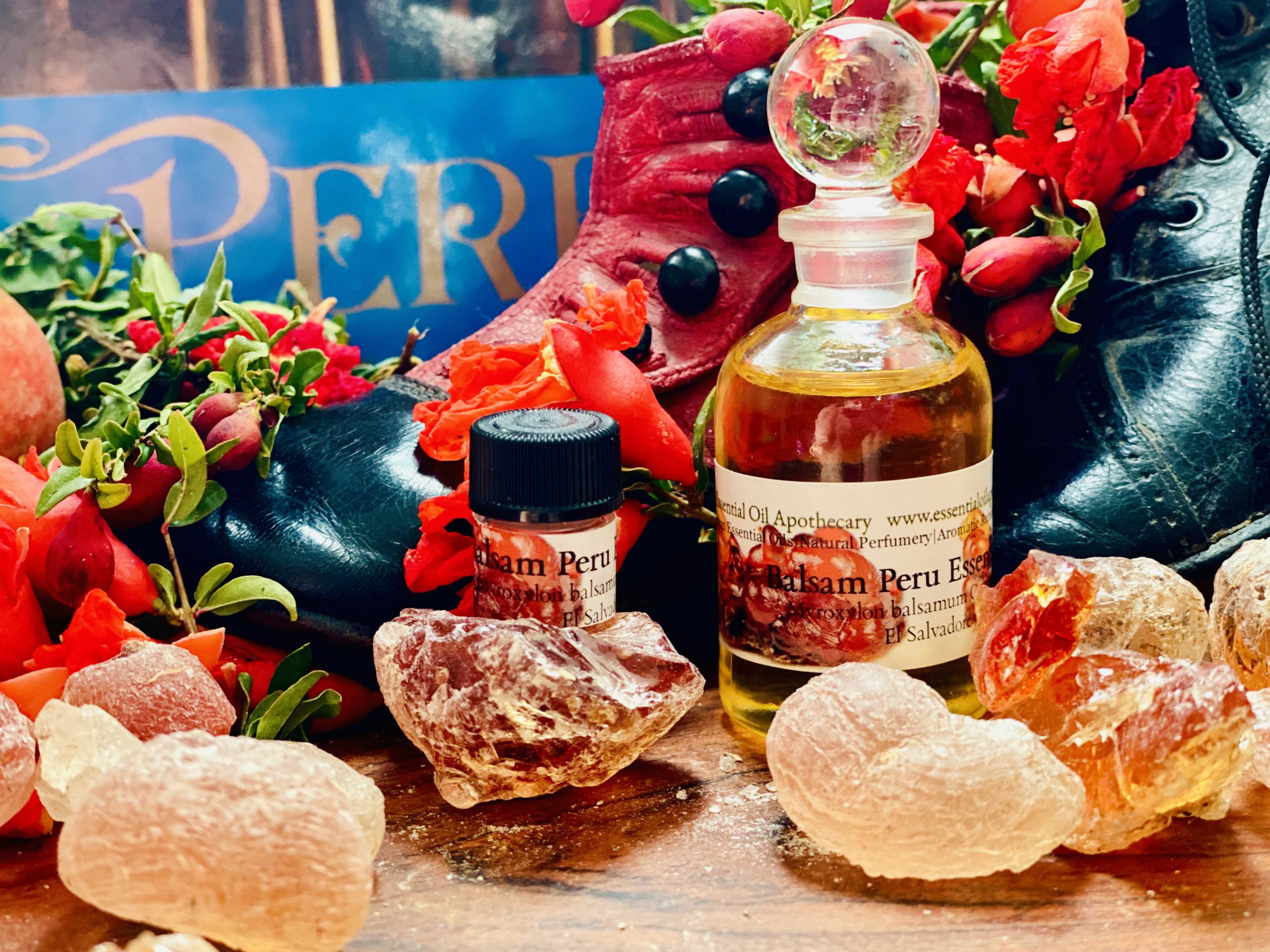
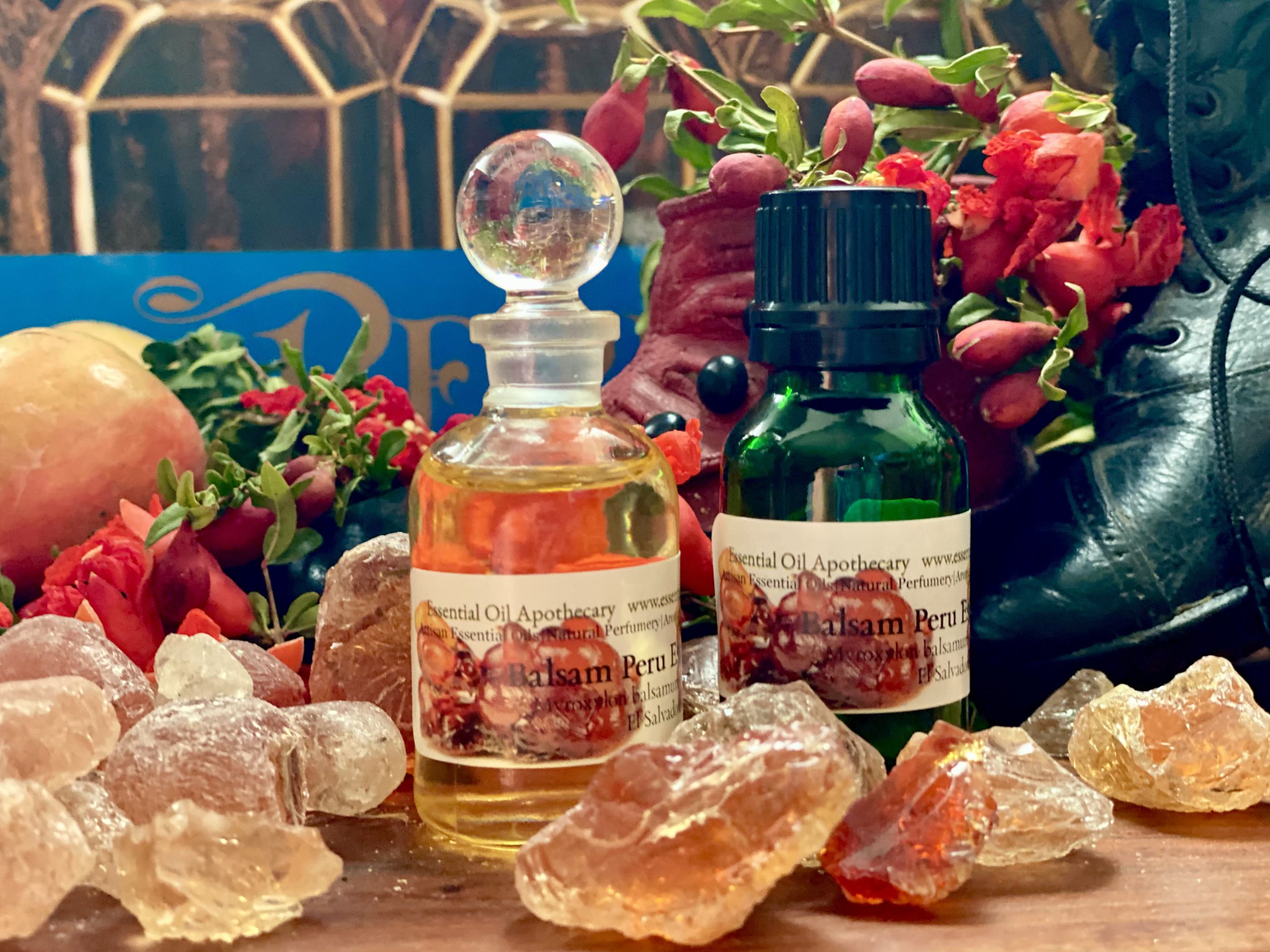




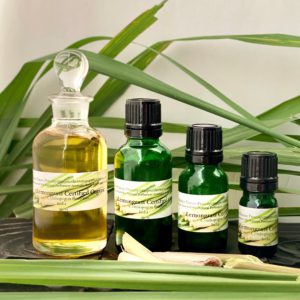
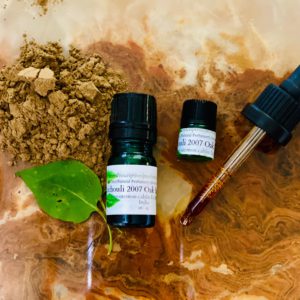
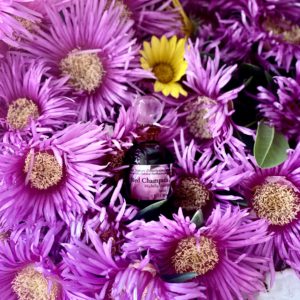
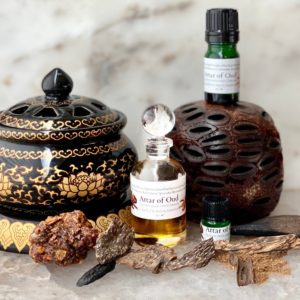
Reviews
There are no reviews yet.